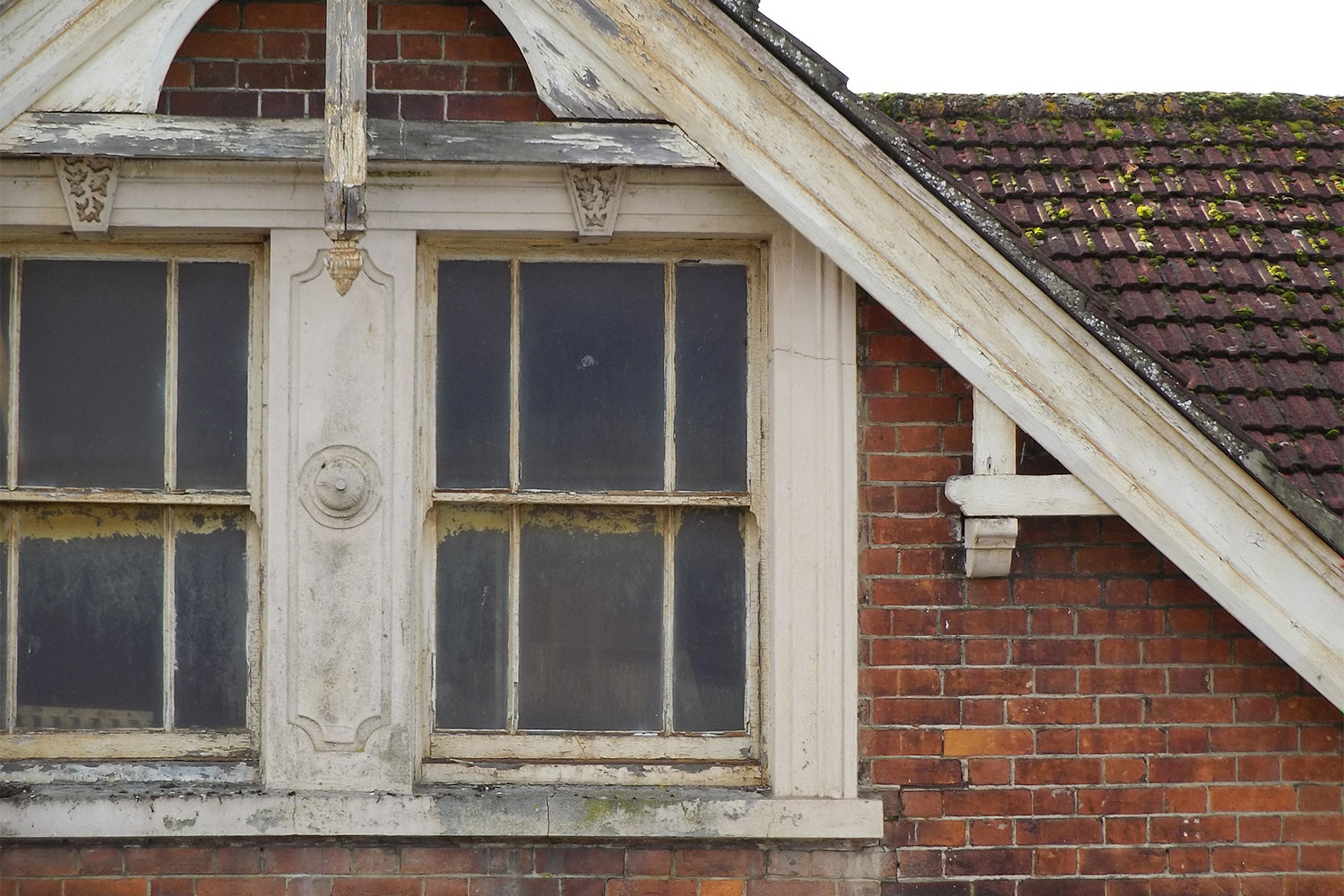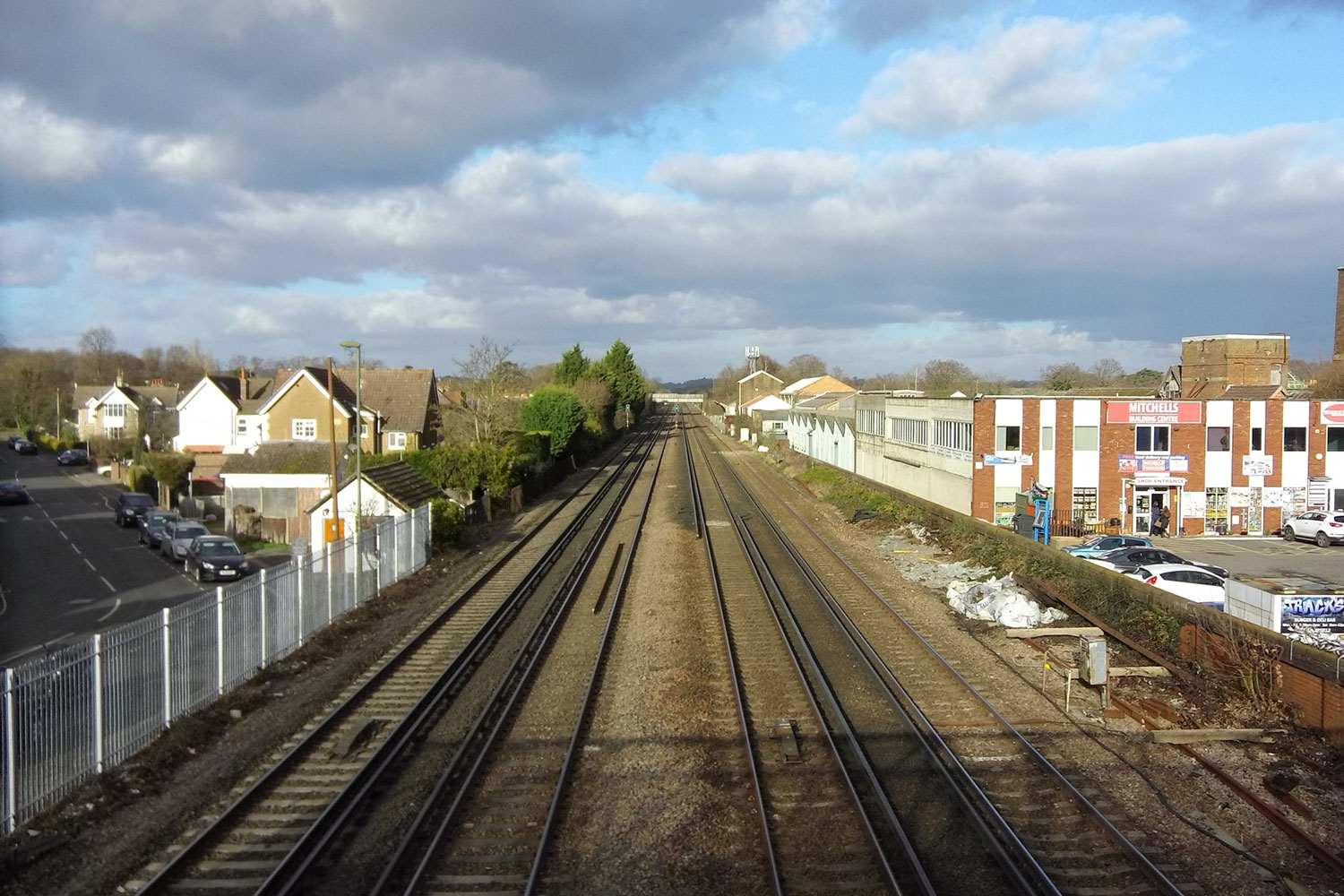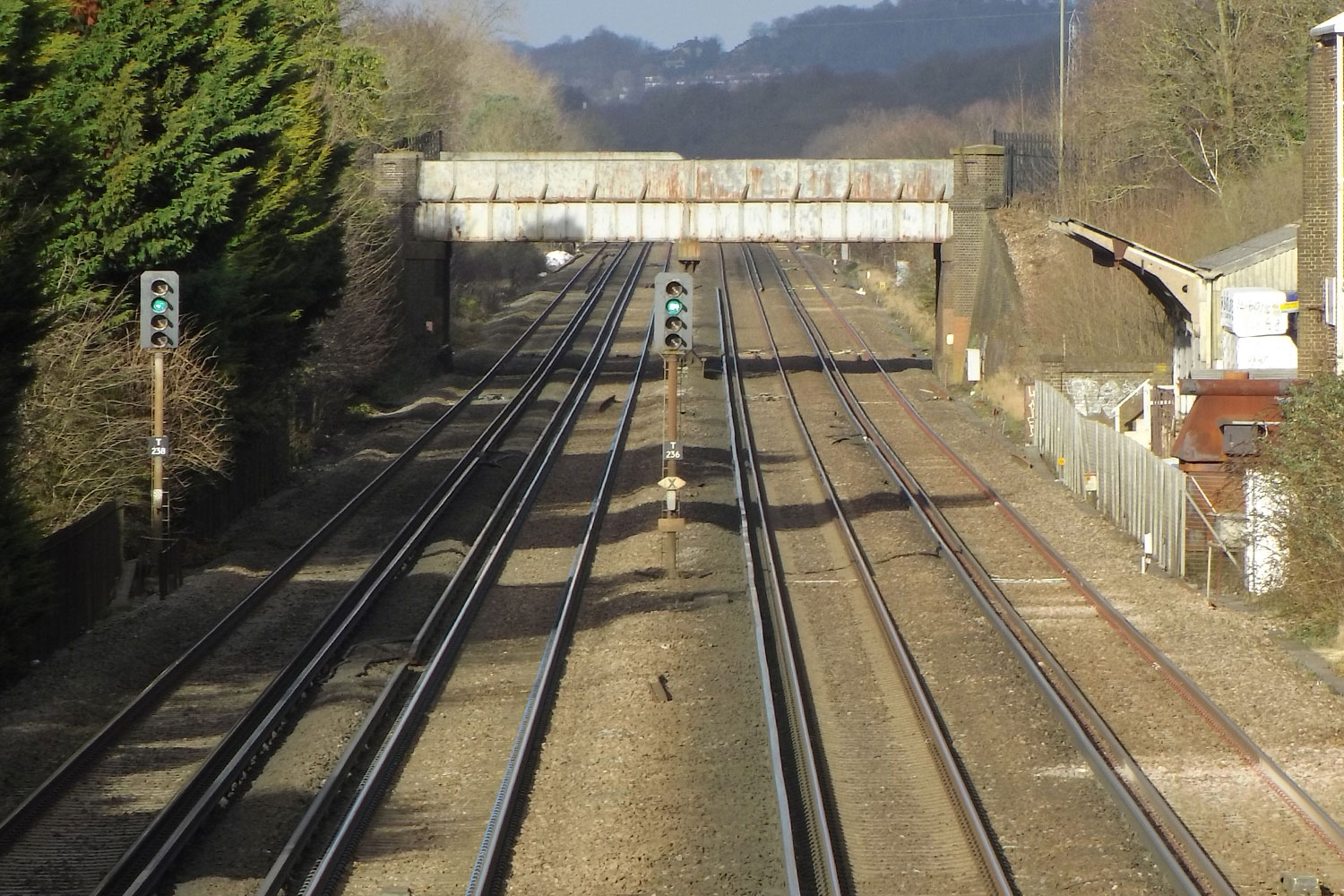“Hasselblad’s True Zoom puts a 10x optical lens on the Moto Z smartphone, but it does nothing to make image quality better.”
- Unique functionality for a modern smartphone
- Zoom presents new creative opportunities
- Uncompressed RAW capture
- Picture quality is lacking
- Puts bulk on a slim phone
- No HDR
- Expensive
- Small aperture range
Dual-lens cameras are in the limelight for smartphones at the moment, mainly because of the cool blurred background bokeh effect they can produce. The result is a byproduct of the dual-camera setup, but it’s also a much more useful feature in day-to-day use for zooming. Up until recently, when you zoomed in with your phone, you weren’t really zooming in at all. The software was just cropping the image to get closer, thus losing quality at the same time.
Optical zoom doesn’t do this, but it requires a great big lens poking out to do it properly, just like on a traditional point-and-shoot, and that’s not usually possible on a phone. The iPhone 7 Plus, the Huawei Mate 9, and more recently the Asus Zenfone 3 Zoom all solve the problem with clever hybrid zoom systems. It’s not quite optical in all situations, but it’s way better than ever before. However, what if you want more? Step forward Motorola and Hasselblad, with the True Zoom Mod for the Moto Z phone series.
The Mod attaches to the back of the Moto Z using magnets, and turns the slim phone into a compact camera with a proper lens on the back that generates a giant 10x (that’s 25mm to 250mm equivalent) optical zoom. Subtle, it’s not, and it transforms the Moto Z into the least pocketable smartphone Motorola has produced since it introduced the first transportable in 1983. In addition to bulk, the Mod also adds around $300 to the price of the Moto Z. Is it worth it?
Hasselblad design elements
Hasselblad knows how to make cameras. The True Zoom looks like the front of a camera, feels like a camera in your hands, and performs like a fairly well-made compact camera. The right-hand side has a textured, shaped grip, but the Mod is flat on the other end, with a centrally mounted lens module. A Xenon flash and Hasselblad branding breaks up the front panel, and the only controls are a power button, a copper colored shutter button, and a zoom rocker.
Devotees of Hasselblad’s brand will recognize the trademark square lens surround, and understand the significance of the 4116 label. For the uninitiated, the True Zoom is a special project built to celebrate Hasselblad’s 75th anniversary, from 1941 to 2016. Turn the Mod over, and there’s an inscription that explains the history right above the special connector that links the module to the phone.
While Hasselblad is better known for its premium medium-format cameras and lenses, the True Zoom is anything but. This is purely a point-and-shoot with a small sensor (1/2.3 inches), and it requires the Moto Z to operate, as it cannot function independently.
Snapping the camera module onto the Moto Z is easy; it just snaps on securely with a firm magnetic grip. It’s a far cry from the complicated process required to swap modules on the LG G5.
Once the Mod is on, the slim phone feels much larger than any other smartphone you’ll have held recently. It’s quite disconcerting, having so much to hang on to. But the extra bulk is helpful for taking steady pictures with the zoom fully extended. It fits in a coat pocket or bag, but forget about slipping a True Zoom-equipped Moto Z into your pocket, unless you’re buying clothes from Clowns R Us.
A few extra software modes
The Hasselblad True Zoom uses the standard Motorola camera app, but adds a selection of new features to the app. Tap the “H” button in the top corner, and you can select a standard color mode, a black and white mode, or a color picture shot in both JPEG and RAW file formats. Additionally, there are six scenes to choose from: auto, sports, night portrait, backlight portrait, landscape, and night landscape.
You have to hunt around for manual mode, which is accessed using a button that looks like a camera on the top right of the screen. It’s also where the panorama and video modes are found. There are a few other settings hidden elsewhere, including changing the camera resolution from 12-megapixels with a 4:3 aspect ratio to other formats.
Manual mode isn’t quite as intuitive with the Moto Z and Mod as it is on the Huawei and Leica engineered P9 and Mate 9. The Moto Z’s approach is more reminiscent of the system used by OnePlus. There are sliding scales that cover the entire screen, should you have all the seetings in play, or each – including focus, aperture, and white balance – can be adjusted individually.
Taking pictures
The True Zoom has a two-stage shutter button, press to the first stop and it’ll focus, and then to the second stop to take the photo – like a typical non-smartphone camera. It’s soft to touch and pleasant to use, just like the zoom rocker, although those with larger fingers may find it a little too small. It’s really quick to respond, though, and zooming to the 10x limit is fast.
If you’re used to taking pictures with a smartphone, the True Zoom’s 10x optical zoom will be a revelation.
If you’re used to taking pictures with a smartphone, but not a DSLR or other camera with a zoom lens, the True Zoom’s 10x optical zoom feature will be a revelation. It opens up entirely new creative opportunities, allowing you to take quality photographs that would never have been possible with just your phone. The True Zoom eclipses what’s possible with the iPhone 7 Plus’ 2x zoom, and obviously leaves any digital zoom in its dust.
Our True Zoom Mod was attached to the Moto Z Play, which itself has a 16-megapixel camera, but the Hasselblad Mod lens replaces it when in used, of course. Standing on a bridge about 20 meters away from a dilapidated building, I could zoom right in on an old window, framing it in the way I wanted, without losing any quality or cropping later on. Taking the same picture on the iPhone 7 Plus with 2x zoom didn’t get in close enough, forcing me to use digital zoom to 4.6x, and the resulting image was more pixelated and contained less detail. On the True Zoom picture, you can crop it down further, too.
However, examine the zoomed out pictures, and the iPhone 7 Plus takes the superior image, with more detail in darker areas and better use of light overall. The HDR mode helps the iPhone here, bringing out blue skies in amongst the clouds, where the True Zoom washes them out, partially due to the odd lack of HDR. We could also see some dark vignette areas around the picture when zoomed right out. The True Zoom’s 1/2.3-inch sensor is technically larger than the
It’s possible to improve upon the image quality if you shoot in uncompressed RAW. Although you’ll be shooting very large files, RAW photos give you greater flexibility in post-editing, whether on a computer or in a an app like Adobe Lightroom Mobile. But RAW capture is something for the pros and enthusiasts, and we doubt few casual consumers could be bothered with heavy-duty fine tuning.
Zoom, zoom
Zoom up-close to a small subject, and the Mod can get confused, refusing to focus on what you actually want it to. When it’s fiddling around trying to focus, the zoom function slows right down, and it takes valuable seconds to sort itself out. That’s not ideal if you’re trying to capture a subject that’s inclined to move about.
The poor aperture rating is a missed opportunity.
Without the zoom, some depth of field can be reproduced, but we feel the poor aperture rating is a missed opportunity. It’s impossible to make smaller, zoomed-in subjects pop out of the image, like you can with a DSLR and good quality lens. Zoom lenses aren’t just about getting close from far away, and we miss this secondary feature (depth of field) here. Granted, it’s a limitation of small aperture lenses.
When the zoom is fully extended, the view on the Moto Z’s screen is quite unsteady, and lags behind what you’re seeing in real life. It doesn’t seem to affect the picture unless you’re really shaky, but it can make framing the perfect image frustrating. Unfortunately, there’s no image stabilization to counter any shaking. A tripod would help, but the normal smartphone holder we use on a tripod wasn’t big enough to take on the oversized Moto Z and True Zoom accessory.
A good camera should make you want to take more pictures. For that to happen, it needs to have a perfect blend of quality, control, and ease of use. The True Zoom doesn’t tick all these boxes, and the lens isn’t good enough to keep up. The final little niggle is that with the True Zoom attached to the phone, it refuses to charge very quickly, if at all. Remove it, and it’s fine.
Warranty, availability, and price
Motorola provides a limited warranty on the True Zoom that lasts for 12 months, and covers defects in the materials or workmanship, but not if the product has been abused, or suffers from cosmetic damage that comes under normal wear and tear.
The True Zoom costs $300, and is available through Motorola, Amazon, and some retailers. Make sure you buy it from an authorized Motorola dealer; otherwise you may struggle in the event of a warranty claim. You need a Moto Z, Moto Z Play, or Moto Z Force to use any Mod, and the smartphones vary in price from $450 upward.
You can find some decent deals. At the time of writing, Amazon has the Z Play for $400, and the True Zoom is available for $250 through various retailers, so the pair may cost around $650 if you opt for the most basic Mod-compatible Moto phone.
Our Take
The Hasselblad True Zoom isn’t a gimmick or a toy. It’s an add-on for the serious smartphone photographer with money to spare, but don’t expect much beyond the ability to zoom in and out.
Is there a better alternative?
We’ve seen similar camera-phone hybrids from Samsung and Panasonic in the past, but nothing that’s up to date. The only real alternative is to pick up a compact point and shoot camera, but you’ll have to carry around two separate devices (granted, you can probably pick up a very good point-and-shoot that does a lot more, for the same price). Plus, the Moto Z is a solid smartphone and camera phone on its own anyway, so if you don’t need the zoom, you can probably do without the Mod.
How long will it last?
The True Zoom has no specific software of its own and no battery — it uses the Moto Z’s — so unless you damage it or replace your phone with an incompatible model, it’ll last indefinitely. It feels solidly built, but we wouldn’t want to drop it and damage the lens. Plus, it’s not water resistant.
Should you buy it?
No. Don’t expect the True Zoom to improve picture quality over the Moto Z’s onboard camera. Hasselblad and Motorola deserve respect for an innovative concept, but it ultimately falls short. While no other smartphone can match the True Zoom’s optical zoom lens, it’s a pricey add-on that doesn’t enhance your photography, even if you have the money to spend.

















